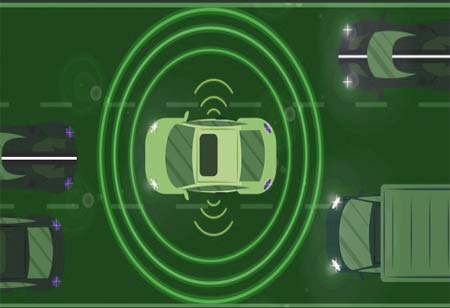As software becomes more integral to automotive functionality, stakeholders in the industry must adapt to the evolving landscape by prioritizing robust software development processes, stringent verification and validation procedures, and efficient change management protocols. Only by meeting these challenges head-on can automakers and suppliers maintain their competitiveness and ensure the continued advancement of software-driven car features.
FREMONT, CA: Software has become indispensable in modern automobiles, with car owners seeking high-tech features driven by software. This shift towards software-defined vehicles is reshaping automobile development, leading to a marked increase in vehicle complexity. To remain competitive in today's automotive market, automakers and original equipment suppliers must deliver cutting-edge software-driven car features that seamlessly integrate with a vehicle's mechanical, electrical, and electronic systems.
As the automotive industry moves closer to full autonomy, the importance of software systems will only grow. In autonomous vehicles navigating dynamic environments, software will manage steering and navigation autonomously. Achieving this goal will involve integrating machine learning and artificial intelligence algorithms into already intricate software systems to process information and make real-time judgments.
The escalating complexity of software development for automobiles will have several implications:
Creation and design of software: With cars becoming increasingly software-driven, software systems must meet more stringent requirements, support additional features and functions, and operate more reliably.
Verification and validation: The challenge of confirming and assessing the functionality of car software amplifies with its scale. Ensuring functional safety necessitates that systems crucial to safety adhere to rigorous standards regarding failure types and rates.
Administration of change: Software teams must efficiently test, validate, and propagate changes to all relevant systems when design alterations occur. The creation of a safe car that performs as intended relies on the effective, precise, and well-coordinated distribution and implementation of these modifications.
As software becomes more integral to automotive functionality, stakeholders in the industry must adapt to the evolving landscape by prioritizing robust software development processes, stringent verification and validation procedures, and efficient change management protocols. Only by meeting these challenges head-on can automakers and suppliers maintain their competitiveness and ensure the continued advancement of software-driven car features.

 Copyright © 2025 AutoTech Outlook. All Rights Reserved | Privacy Policy | Subscribe | Sitemap | About us | Feedback Policy | Editorial Policy
Copyright © 2025 AutoTech Outlook. All Rights Reserved | Privacy Policy | Subscribe | Sitemap | About us | Feedback Policy | Editorial Policy